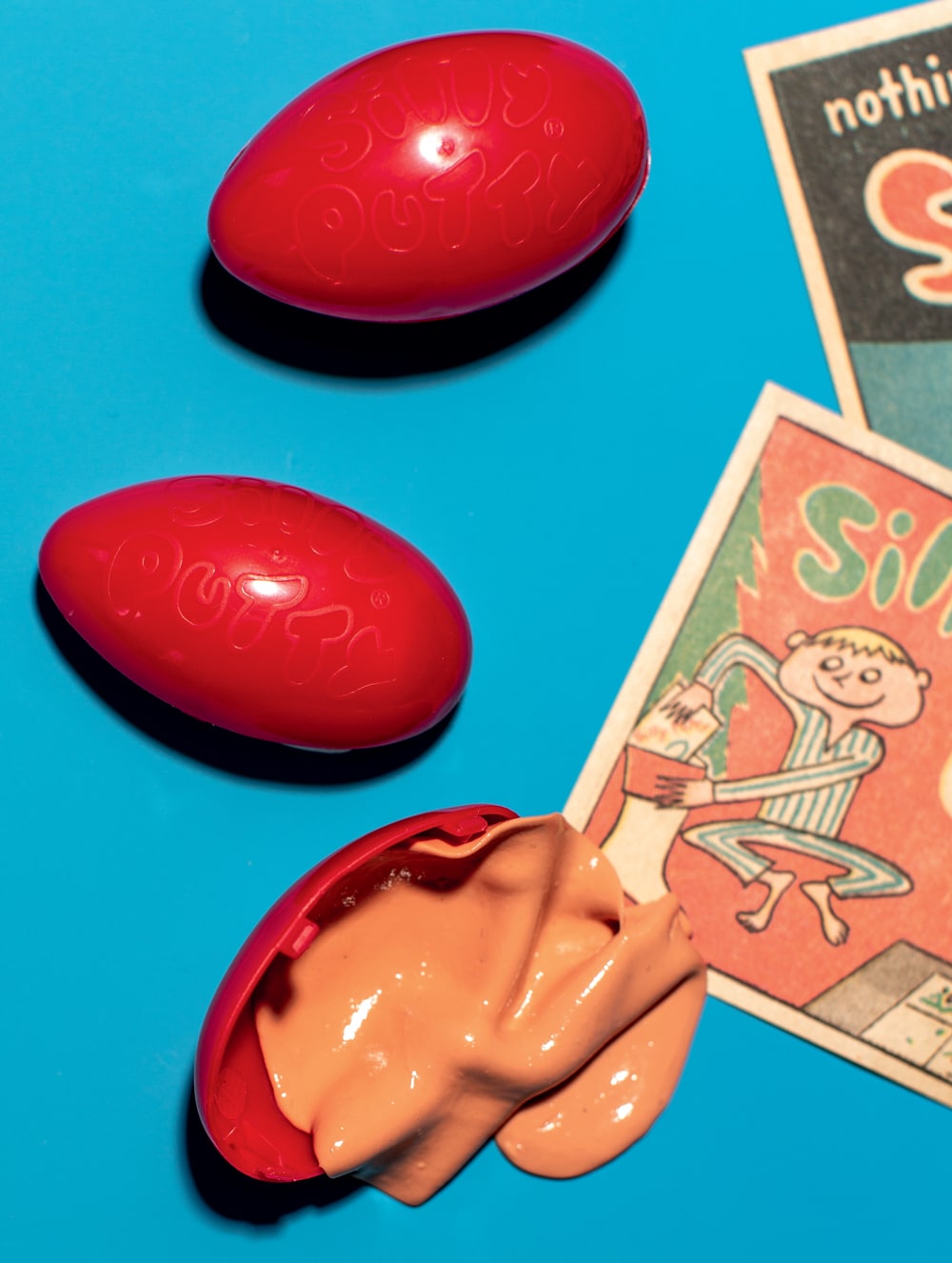Silly Putty | Up Close
How a useless goo called Silly Putty shape-shifted into one of America’s classic toys.

Coffee By Design | Portland, Maine
Photo Credit : Katherine KeenanNothing else is Silly Putty, the ads proclaim.
Silly Putty stretches like taffy, molds like clay, and bounces like a ball. As a kid, I’d press it against a newspaper photo, and a perfect image would transfer to the putty. Perfect, that is, until I stretched and distorted it into something, well, silly.
Silly Putty could be anything you wanted. But it started as a failure.
Looking for a rubber substitute during World War II, James Wright, a researcher at General Electric in New Haven, Connecticut, combined boric acid and silicone oil. A January 1945 Popular Science article noted that these efforts to develop silicone rubber had spawned a curious “bouncing putty,” for which “a use remains to be found.”
In 1949, Peter Hodgson, a New Haven advertising executive, purchased some of GE’s “bouncing putty” and included it in a local toy store’s catalog. It proceeded to outsell everything except Crayola Crayons.
The next year, as Easter approached, Hodgson hired Yale students to help with packaging one-ounce chunks in plastic Easter eggs. He dubbed his product Silly Putty and presented it at New York’s International Toy Fair, but didn’t find much interest.
Later that same year, though, after a serendipitous mention of Silly Putty in The New Yorker, Hodgson was deluged by more than 250,000 orders. From a hastily converted barn he shipped out Silly Putty eggs by the dozen, in cartons from the Connecticut Cooperative Poultry Association.
While Silly Putty was first marketed as a novelty for grown-ups, it eventually reached children through TV commercials on The Howdy Doody Show and Captain Kangaroo, becoming so popular that it ended up going to the moon with the Apollo 8 astronauts.
Silly Putty was acquired by Crayola in the 1970s. And although changes in printing technology have curtailed Silly Putty’s image-lifting magic, the once-useless goo has found purpose as everything from a furniture stabilizer to a component of medical sensors. But Silly Putty’s highest calling, with more than 300 million eggs sold, has always been putting smiles on faces.
And there’s nothing silly about that.








Wow, this article about Silly Putty brought up a memory! I went to my Senior Prom with Pete Hodgson, Jr., the son of Peter Hodgson. He was a student at Yale, at that time ,and I lived in New Haven, CT. We had become friends through his roomate, whom I eventually married, at Yale. We had a great time and going with someone who was a friend made it even more so. Pete was a tall guy and had a great sense of humor. We had a really good time, and he was a great fun and considerate date. Good dancer too might add!